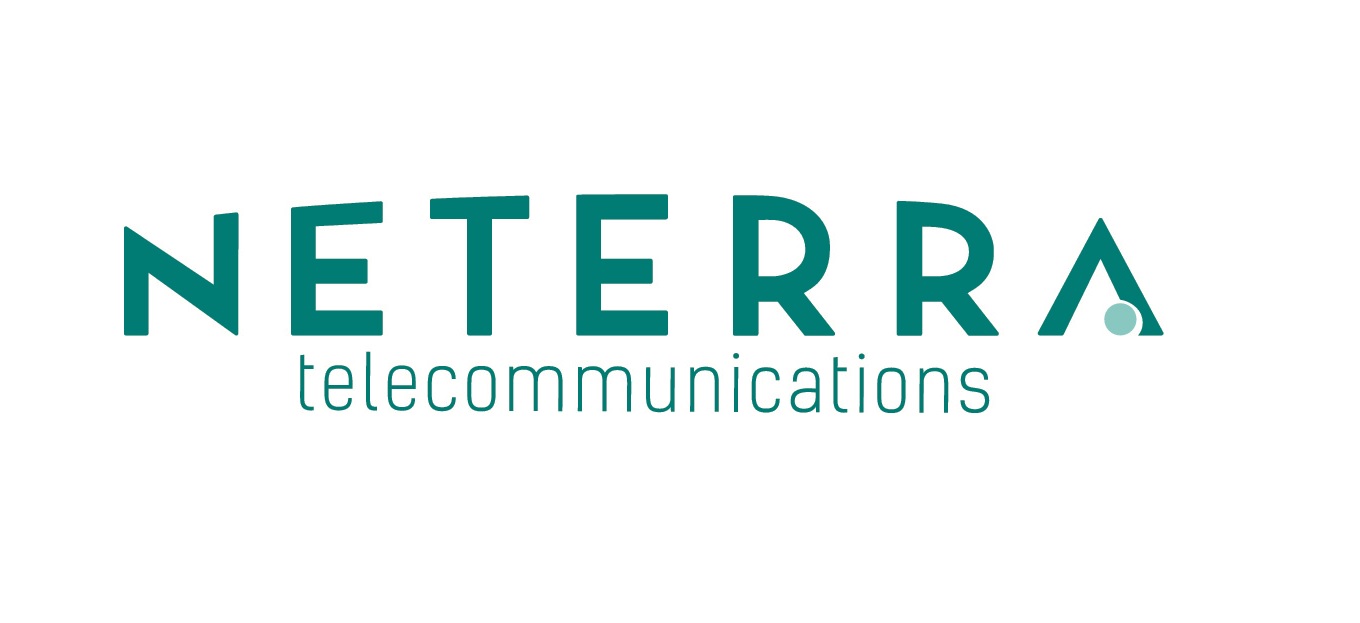
ARTON PROGRAM - The therapeutic power of the group
Creative projects involving group work - general musical performance or group painting, collage, sculpture - are useful in helping to explore and strengthen social...
.jpg)
When was the last time you picked up a paintbrush or a coloring pencil?
Maybe it’s been a while, but what about the last time you doodled on your notebook during a meeting?
For many of us, when we think of art, we tend to think it’s not for us. Perhaps you think you aren’t very creative, but there’s more to it than merely being ‘good at drawing.’
Allowing our brains the freedom for some free expression, even by doodling, can have a wonderful impact on how we process, retain, and share information.
It’s no surprise that the therapy community has taken note of this, and in more recent years, there’s been a rise in the number of practitioners offering a very distinct form of therapy: Art Therapy.
Art therapy is a blended field of therapeutic practice that combines art and psychology, by utilizing the creative process, artistic techniques and external artwork to support individuals to develop self-awareness, explore emotions and address unresolved conflict or trauma.
Art therapy has also been used to help individuals, particularly young children, develop social skills and raise self-confidence. It’s a fantastic addition within positive psychology as, at its core, it seeks to help individuals overcome emotional or psychological challenges to achieve a greater sense of personal well being.
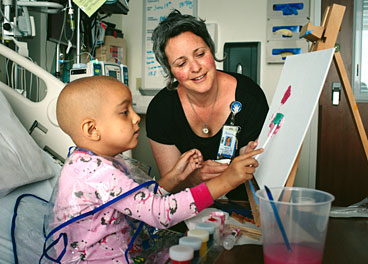
A broader definition of art therapy has been established by the American Art Therapy Association as follows:
Art Therapy is an integrative mental health and human services profession that enriches the lives of individuals, families, and communities through active art-making, creative process, applied psychological theory, and human experience within a psychotherapeutic relationship.
(American Art Therapy Association, 2013)
To participate in art therapy, you do not need any prior experience with art or a ‘natural’ artistic ability. The process itself is one of exploration with no ‘wrongs’ and no ‘rights.’ The practice allows each individual to use creative activities in ways that support them best without judgment.
Most recently, there has been a rise in what is often referred to as Mindfulness Coloring. Some people see this as a part of art therapy, but it is very distinct from accredited art therapy practice.
There are many do-it-yourself coloring apps and coloring books for adults or children, promoting coloring as a form of self-care or mindfulness. While these activities can certainly be helpful for many, unless a licensed art therapist has designed them, they can not be considered as art therapy.
One of the core foundations of art therapy is how it aligns individual creative process or activity with other forms of treatment (usually talking therapy) to help people better understand their emotional and cognitive thoughts, emotions, and experiences.
For centuries, all over the world, art and drawing have been used as tools for communication, story-telling, self-expression, and social interaction.
As far back as there have been humans, there has been art – just think of the original cave drawings.
Art as a therapy practice was only accepted more recently, with the term ‘Art Therapy’ being coined in 1942 by Adrian Hill, a British artist, attributed painting and drawing to his recovery from tuberculosis. However, the benefits of the practice of art for emotional health go back further than this.
In 1915, Margaret Naumburg often referred to as the ‘Mother of Art Therapy,’ established the Walden School in New York. Naumburg believed children should be allowed creative freedom and that allowing them to pursue subjects that interested them would enable healthy development.
Naumburg wrote several influential books on the topic of art therapy, believing that when creative pursuits were seen as another form of expression, they could be used in conjunction with traditional communication means to unearth repressed and unconscious memories and emotions.
Her work led others to begin exploring the field, building its reputation within the psychological community, including:
Art as a means for healing and communication is highly relevant for children and teens.
Young children often rely on their limited language skills to express complex thoughts and emotions. That barrier can be breached with methods of expression they understand a little better, like drawing and coloring.
Teens can also benefit from a pressure-free, consequence-free medium for their thoughts and feelings.
Below are five possible art therapy activities and exercises for children of all ages.
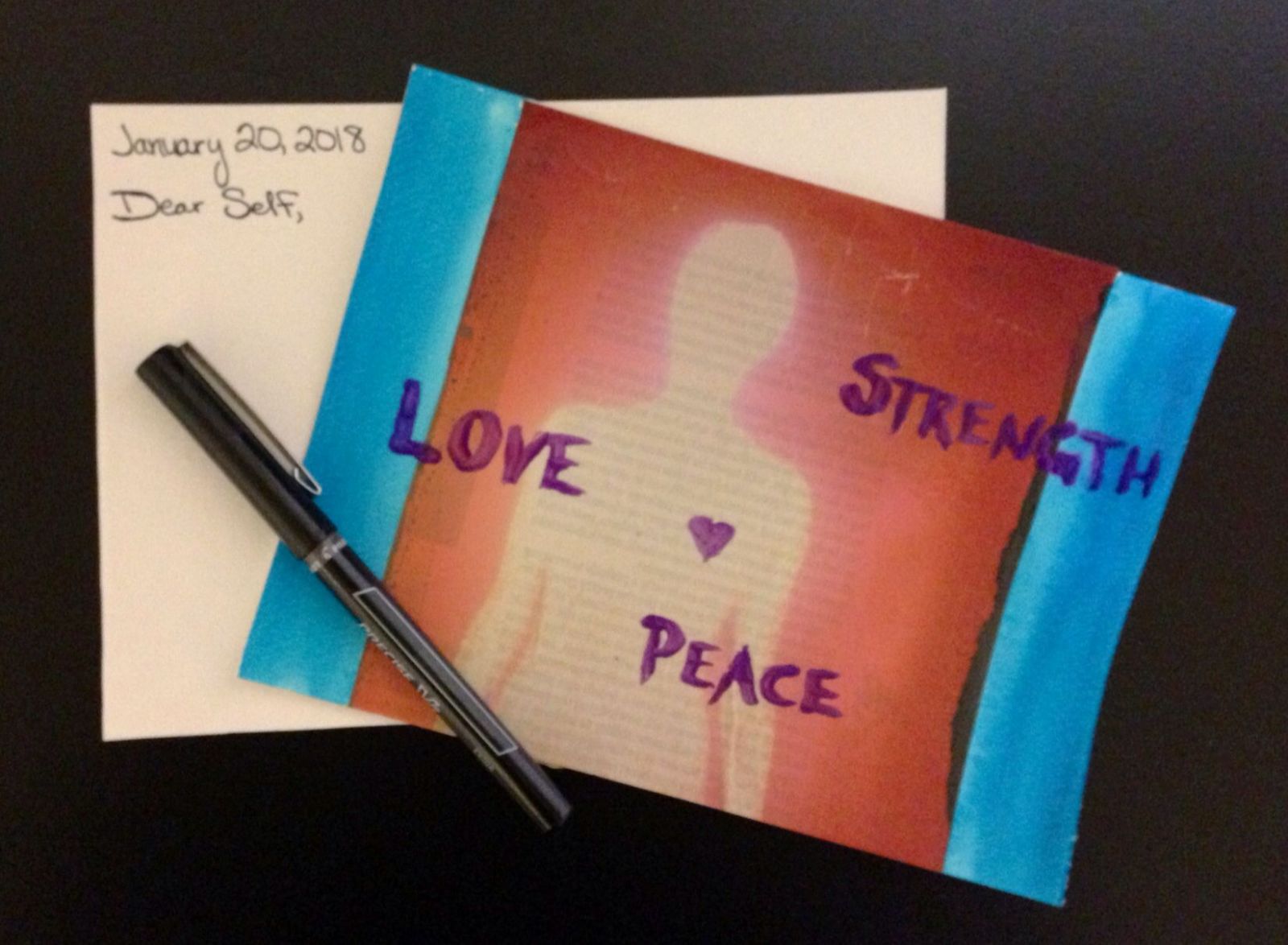
Most people would probably agree that it’s easier to express or recognize hurts and regrets when there’s the distance between yourself and the problem. This is why the postcard activity can be a good self-discovery exercise that helps answer the question, “What would I say to someone if I didn’t have to do it face-to-face?”
This activity can be used in one-to-one or group therapy sessions. Here’s how to conduct the activity:
Teens can be vulnerable to harsh, judgmental environments where they don’t feel they can be themselves.
They may suppress their real character to avoid censure from their peers, and it’s for this reason that it’s essential for teens to identify their core values and identify who they think they are.
It’s crucial when working with teens to create coping strategies that they can come back over to time and let them know that their ideas, feelings, and values will change with experience.

The ‘Words to Live By’ activity helps teens to visualize their core values through creative collage. Here’s how to teach this activity:
You will need:
Begin by:
Humans are all tactile creatures, but children especially are touchers, explorers, and curious feelers. Utilizing touch is a way for them to learn about the world and to find comfort.
The below activity is a form of art therapy that focuses on using comforting textures and allowing for a manageable exploration of uncomfortable emotions. It is a particularly useful activity with younger children.
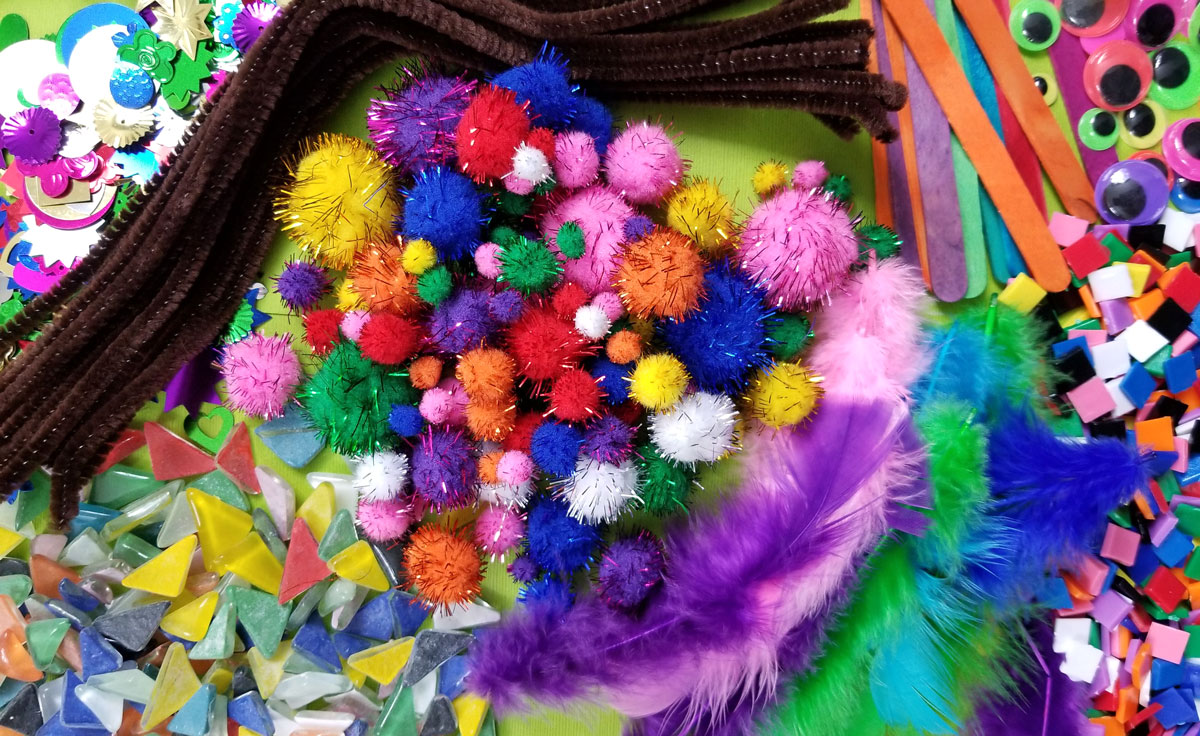
This activity can be carried out with a group or one-to-one.
Here’s how to conduct the activity:
You will need:
Begin by:
With this project, participants are softened by the act of collage, rendering painful things into pleasant things.
In a group with young children, we recommend using materials like glue sticks as opposed to glue bottles and having pre-cut pieces of material ready.
‘Build a Safe Place’ is an activity that’s adaptable for all age groups, but maybe a sensitive project for kids and young adults who often have little control of their environments and who might struggle ever to feel safe.
This project may help a child or teen reflect on ways to find a safe space, or may simply help them feel like they have some control over their environment. It can be conducted one-to-one or in small groups.

Here’s how to carry out the activity.
You will need:
You can tailor the materials you use depending on the age group you are working with, the idea is to provide them with as much as possible so they can get creative.
Begin by:
This set of three worksheets includes exercises for children to express their emotions or define the things they care about. It’s a very quick and easy exercise that can help participants create helpful visual representations of the things they value.
The worksheets include an empty outline of a heart.

Here’s how to use it.
You will need:
Begin by:
Translation, professional adaptation and re-posted from https://positivepsychology.com/

Creative projects involving group work - general musical performance or group painting, collage, sculpture - are useful in helping to explore and strengthen social...
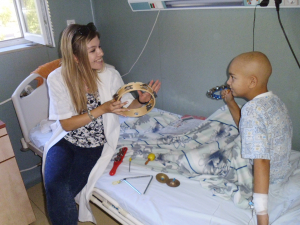
In the ARTON Program our team of oncopsychologists, art therapists and music therapists develops the process of children's creativity as a process of...
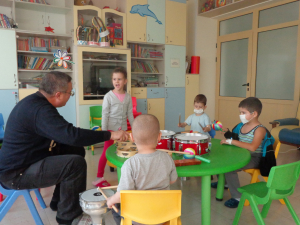
In ARTON sessions, creating a piece of music or a song is an emotional experience of coping and satisfaction for the participating children. They make friends with...

Painting provides patients with a spontaneous, plastic method of depicting thoughts and experiences. Painting with paints is not as structured as with pencil or...







